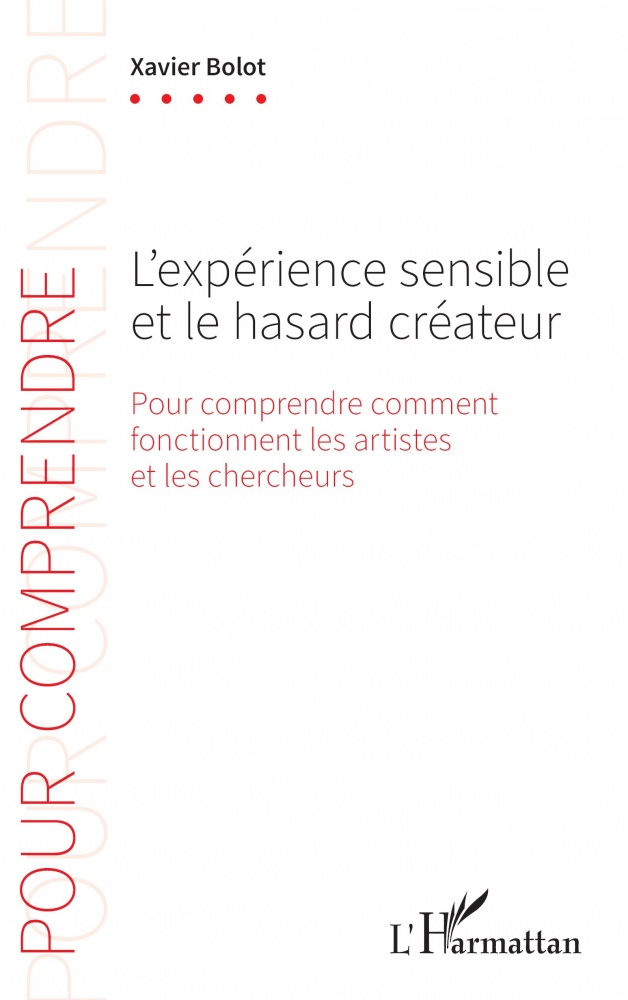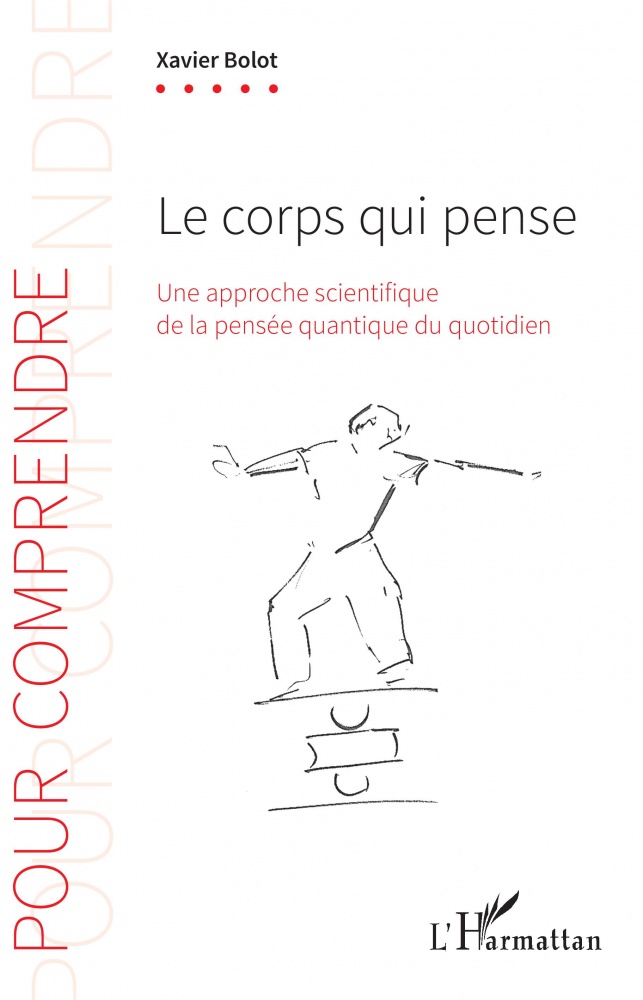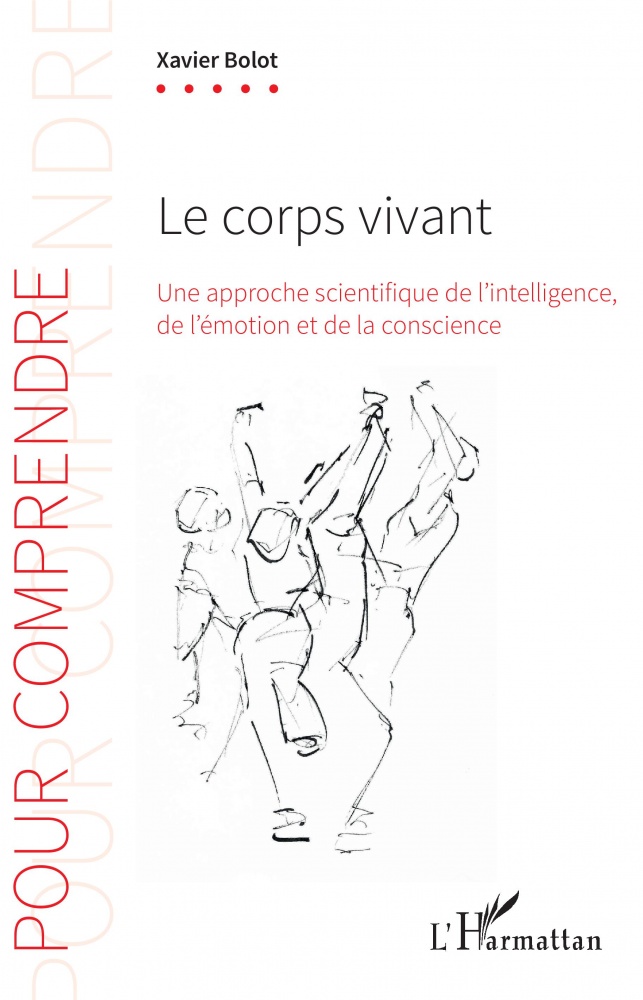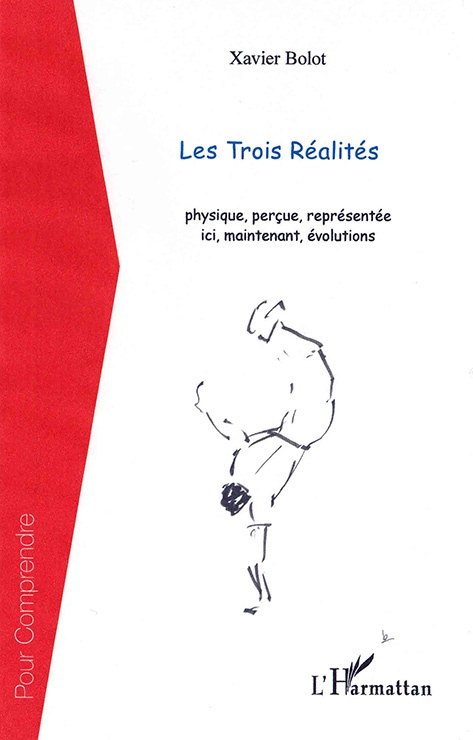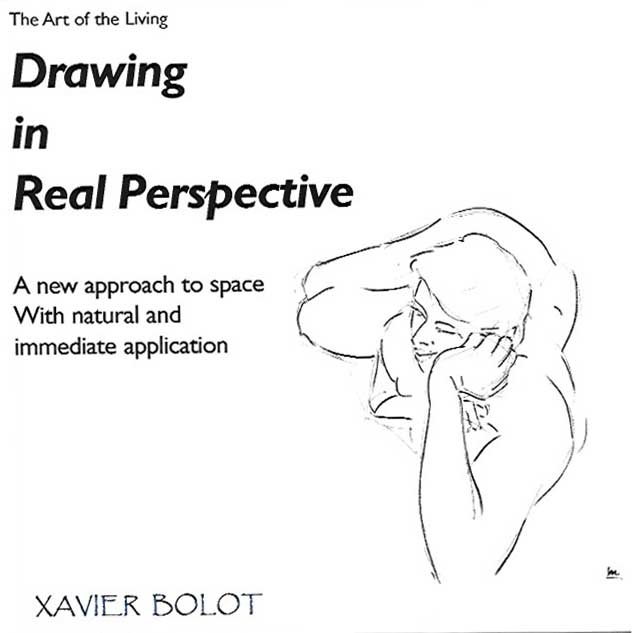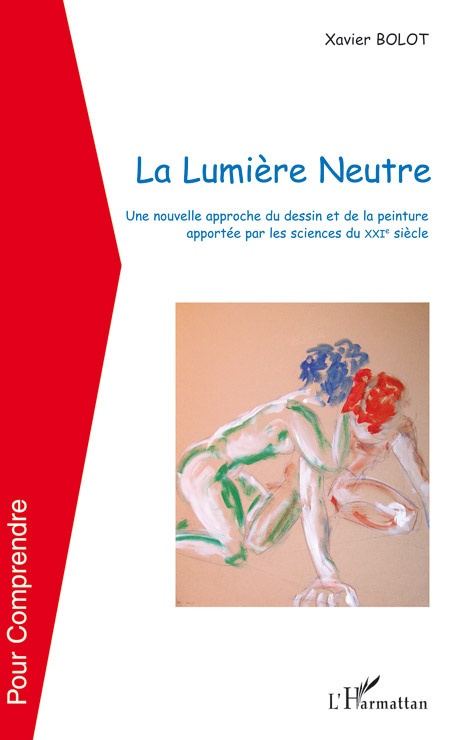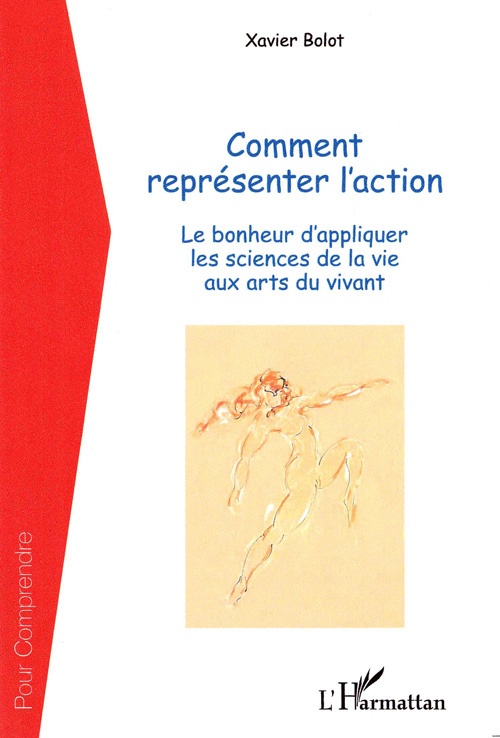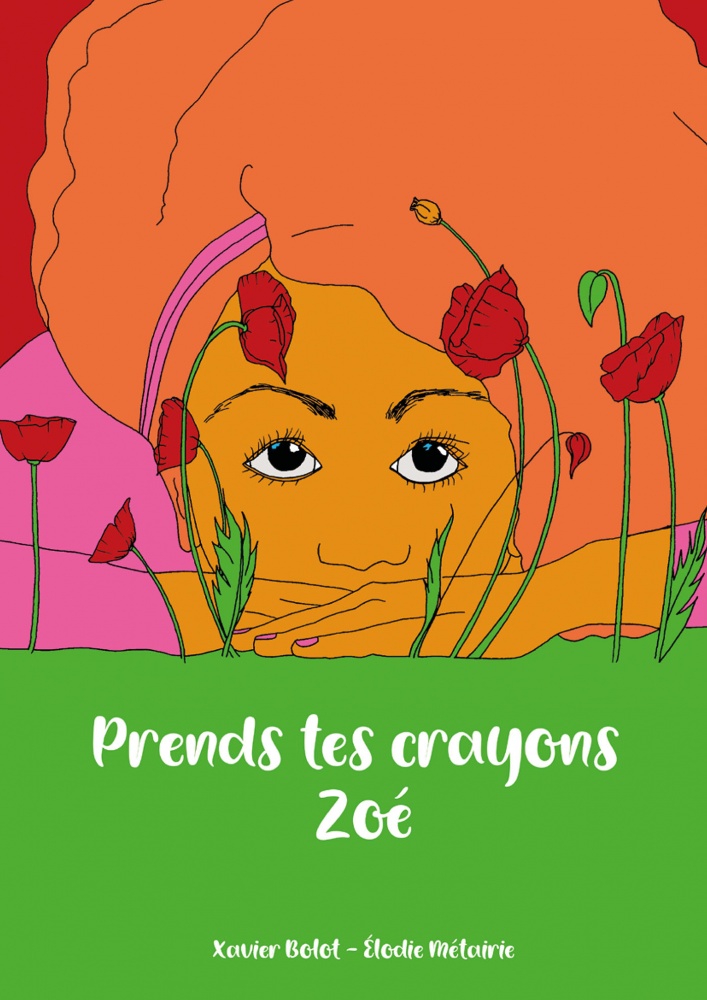L'influence de l'environnement sur nos gènes
L’émotion est la réaction de notre corps à l’environnement. Les sensations convoquent les images stockées à l’occasion d’une émotion et enfouies dans notre mémoire.
Dans chaque cellule de notre corps nous avons un grand livre, appelé ADN, dont chaque page est un gène. Ce livre est recouvert d’une enveloppe dont la structure contient 4 millions de portes ouvrables par l’environnement qui permettent aux gênes d’être lus par la cellule et de fabriquer nos protéines. Ainsi Lamarck et Darwin observaient-il, à juste titre, les effets de l’évolution et de la sélection. C’est l’évolution de l’ADN qui permet au vivant de survivre comme ce fut le cas avec les mammifères dans une magnifique épopée.
L’ADN et les ARN n’ont pas fini d’entrer dans notre quotidien comme pour les vaccins à ARN contre le COVID, ou le gène mutant du CCR5 réparateur des dégâts du SIDA, ou encore les ciseaux biologiques CRISPR-Cas9 qui nous permettent de modifier avec précision un ADN végétal ou animal.
L'expérience sensible et le hasard créateur
Pour comprendre comment fonctionnent les artistes et les chercheurs.
Nos capteurs s’activent sous l’effet des variations extérieures aléatoires et nos neurones se connectent sous l’effet de combinatoires effrénées.
Ces combinaisons confrontées aux images engrangées par notre mémoire permettent de générer de nouvelles images.
Ainsi naissent les poésies les plus envoûtantes et les découvertes les plus étonnantes.
Tels sont les effets du hasard. Tel est notre fonctionnement quotidien.
C’est aussi par hasard que j’ai rencontré ma femme préférée, répandu sur une toile des couleurs qui n’appartiennent qu’à moi, trouvé une idée qui m’a permis de sortir d’une impasse.
Le hasard est à la source de la vie. Il est la plus belle invention qui soit.
Le hasard était représenté chez les Anciens Grecs par un dieu de la fortune. Le monde du hasard est représenté aujourd’hui par des images enfantines dites quantiques.
Le corps qui pense
Le corps qui pense
Une approche scientifique de la pensée quantique du quotidien
Comment Lilian Thuram a marqué les deux buts du mondial de foot 98 sans rien y comprendre ? Comment une expérience simple et visuelle met en relief les choix autonomes du corps ?
Nous avons découvert l’omniprésence du hasard de la naissance du vivant, aux structures des protéines. Nous découvrons aujourd’hui que nous sommes soumis aux pressions de l’environnement dans notre fonctionnement et dans notre structure même. Aujourd’hui l’homme n’est plus au centre de lui-même.
C’est de ce hasard permanent que surgit la pensée qui se présente comme une combinaison d’images avec toutes les propriétés de la mécanique quantique.
C’est aussi du hasard que nous arrivons à la notion de corps autonome complexe construit à partir de nos capteurs sensibles et d’ensembles symbiotiques. Il n’y pas ainsi de pensée universelle.
La nature ne cesse de nous surprendre. Notre corps éprouve le bonheur d’exister et nous percevons par nos découvertes un monde réenchanté.
Le corps vivant
Le corps vivant
Une approche scientifique de l’intelligence,
de l’émotion et de la conscience.
Comment se retrouve sur ma feuille de dessin un danseur en train de danser alors que je ne sais comment il est arrivé sur ma feuille ?
Comment fonctionne l’orchestre de l’opéra de Dijon sans chef d’orchestre ?
Une nouvelle culture émerge de toutes parts. Regardons ce que savent faire avec intelligence, les micro-organismes sans cerveau, comme les cellules, les bactéries, les virus. Regardons dans le monde végétal l’activité des arbres, ou dans le monde animal les espèces avec un tout petit cerveau, comme les abeilles ou les fourmis, ou des êtres très variés comme les pieuvres, les poissons, les dauphins, les corbeaux, ou les bonobos. A quel moment l’émotion s’est-elle manifesté et avec elle la conscience. Tous ces animaux communiquent, vivent en société, innovent et créent des outils si nécessaire.
Nous découvrons aujourd’hui des logiques inattendues mais aussi un point commun dans l’évolution des espèces : le hasard qui a engendré cette richesse.
Optical Illusions
Optical Illusions
An introduction to the quantum way of thinking in daily life
Every day in our thoughts we can observe hesitations, oscillations between diverse views, overlapping sentiments, the interference of multiple messages, entanglements of influences, uncertainties of our observations, nonlocality of situations, as well as intentions and actions beyond all logic.
Some of those mental schemas have achieved a level of fame through their use in physics, known as quantum, enabling spectacular technological advances with semiconductors, lasers and electronic equipment. A quantum is simply the smallest quantity of indivisible energy, as Democritus (-460, -370) foresaw.
However, we can notice the presence of those same schemas of perception and action each time we want to understand the complexity of areas in which we are immersed and of which we are part of every day, for example optical illusions, art, physics, psychology, sociology, life sciences, mythology. Those mental activities would seem to be linked to the structures of some of our assemblies of remarkable neurons.
Our discoveries would thus reveal schemas unaware of the processing of our perceptions, those of a current productive thought, in everyday discussion with our senses, our memories and our rational reflections.
Engineer of the National Polytechnic Institute of Grenoble, Professor of Electronics at the University of Montreal, Senior Executive of three large companies, President of the French Association of Industrial Advertising, Consultant in human relationships, Painter, Xavier Bolot conducts his research work with logistical support from the Higher National School of Arts in Bourges, and as a member of the CEAQ Paris V Descartes Sorbonne (centre of research on current and everyday life).
He has developed contributions to neuroscience by publishing: Drawing in Real Perspective, Neutral Light, How to Represent Action, Three Realities, with Harmattan Paris, and Drawing in Real Perspective with Mandrake of Oxford, UK. His works are currently being translated into English, Spanish and Chinese.
The english version is in progress
Order onlineThe Three Realities
The practice oh the three realities, physical, perceived and represented, allows to get intelligible concepts we enconter in the everyday life, when we negotiate, when we observe a physical phenomenon, during a sport competition, in metaphysics, biology, psycology or architectrure.
How explain, if we take care of it, that we see in a cathedral curvilinear pilars when we know that they have been built rectilinear and taking a photos we see another curve ?
Following individuals, time, civilisations those three realities have coexited in a way equilibrated or not, evoluting with different speeds.
What happens today ?
How reacts the postmodern people in front of moth-eaten institutions inherited from modernity : trade unions, trade associations, guildes, religions, academies, oldish scools ? How to explain absenteeism to elections, disaffection to institutional arts, the spreading of tribes, the giant aperitifs, the raves, Hip Hop where people dance on his head ?
This book involve us in a multiple and without partitions approach of the world.
Order onlineDrawing in Real Perspective
Perspective is an integral part of drawing and painting.
It is however poorly understood today.
Our representation of perspective in France dates from the 17th century, enforced by an edict made by Louis XIV.
It consisted of drawing receding straight lines starting from a vanishing point.
However, the ancient Greeks used specific curves.
This heritage was not taken up during the Renaissance.
In an investigative atmosphere, this book unmasks beliefs we received on the Renaissance and our contemporary culture. We learn to believe what we see, using a natural technique that is amazingly efficient and simple.
We rediscover again the Greek knowledge, and the researches of Leonardo da Vinci, Henri Matisse and David Hockney.
Drawing in Real Perspective is published by Mandrake of Oxford, U.K.
Magazines as various as Pratique des Arts, Artistes Magazine, Mémoire des Arts, Tangente, La Revue du Praticien, Le Géant des Arts, o'r radios as France Info Sciences, Radio Résonance, France Bleu, have promoted this innovation.
The school of Agnès Laribi from Kunstgewerbeschule of Bâle, Switzerlanden, teaches even now the Real Perspective.
The school of Gloria Avila in Montreux, Switzerland, supports also Real Perspective and Neutral Light ideas.
Foreword from Jean Marie, Professor of perspective of French National Schools of Fine Arts.
The text fully illustrated reveals the shows the Parthenon construction mystery and present an easy way to represent natural space, as the one used by Leonardo da Vinci calking on a window pan a landscape or an object.
Order onlineThe Neutral Light
You do not see with eyes only.
How Montgeron school blind men, in Essone, France, can play basket and score ?
Why do we believe frequently that the sun is yellow when in the physic world his main radiation is situated in the bleu green zone ? We do not believe that our neighbourg eyes are in the middle between his cheek and the top of his skull, even when we can verify it with a measure. We believe that some colors bring nearer and others take away, when neurosciences don't tell it.
Why two sketchers, from a living model, will give to their sketches, the first the aspect of a statue, the second the feeling of a living presence ?
The Neutral Light allows us to capture life in space time, beyond visual appearances. The author proposes a new draught and color culture.
Magazines having today notice the book : La Recherche, Le Monde, L'Humanité, Artistes Magazine, PerformArts, EspaceTemps.net, Remue.net, Mémoire des Arts, Monumental, Le Géant des Arts, Pratique des Arts Megastar, Le Populaire, La République du centre, Le Dauphiné Libéré, La Dépêche du Midi, La Nouvelle République, Le Républicain Lorrain, la Montagne, La Voix du Nord, Midi libre, La Provence, ainsi que Radio Résonance, RCF et France Bleu.
Conferences : Conseil Général du Cher, Orléans et Tours Faculté des Sciences, Paris Maison de l'Isère Place du Palais Royal.
Forewords and opinions of : Paul Devautour, Director of the National Schooll ofFine Arts of Bourges an dArtistic Directorn ort Shangaï Fine Arts School ; Jean-Pierre Cohen Addad, Professor of Physics of University J.Fourier, Grenoble; François Michel, Director of Researches in Neuropsychology CNRS, Lyon I; Alain Carlier, Professeur agrégé of clinical pharmacy University Paris V; Michèle Arnold, psychanalyst, psychotherapist at CMPP and CAMSP, Bourges.
The text is easy to read , fully illustrated and written in a mood of surprising dicoveries.
La Lumière Neutre us a pluridisciplinary work which describes our way to perceive the world to the light of our today knowledge.
This work reveals to us our multiple sensorial possibilities, the hypothesis made in a permanent activity by our brain for predict forms and compute colors. This book invites us
To manage the three realities : physical, perceived, represented.
Seeing realities in another light concerns our today life and generates a new creativity in any ability, drawing and painting being focused as experience fields.
To See in Action
The living, because of the laws of thermodynamics, is in a state of permanent unbalance and growth by its actions on the environnement and his systems of internal regulation.
Now, hazard is present, in each stage of the building of the living, from the protein til the deliberating though.
How then, in a hazardous and contingent world, organised herself the perception of living ?
How to represent those perceptions among contemporary arts of the globalisation mondialisation with various cultures and traditional or new technologies ?
The XXth century brought us major scientific discoveries in physics and neurosciences
recasting ours conceptions of the human being and allow us a new approach of our perceptions and representations.
We see only what is useful to trigger an action.
Our brain is a formidable engine to anticipate.
We perceive first the presence of our environnement before constructing forms.
What are then the significants ?
The caracteristic step of a friend is enough for his identification.
The tennis man sent back the ball by training but without seeing it.
We can, when we know well somebody, understand his happiness or is suffering because of the tiny movement of his corner of his lips or lines of his face.
The significant, as any object of perception may be perceive conciously or unconsciously.
The significant is an expression of emotion an time.
We have still to identify what triggers an alert or an action.
What do I see in action ? What must I pick up in the protagonist action ?
Prends tes crayons Zoé
Deux enfants sont heureux de découvrir les surprises du dessin.
Sur un ton frais et chaleureux deux soeurs s'essaient à dessiner des fleurs de différents points de vue, de profil, comme les papillons, de dessous comme les fourmis, de très près comme les abeilles, de dessus comme les oiseaux.
Elles comprennent la structure de l'espace vue par leur oeil tout rond et curieux.





